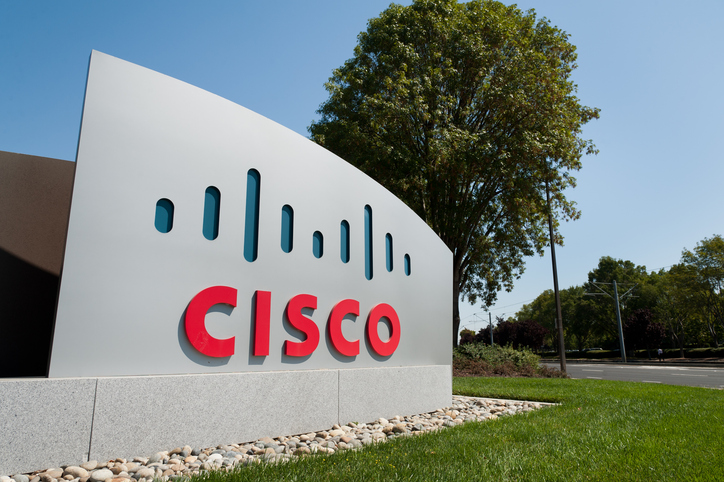For UK-headquartered applications development tools vendor Micro Focus, 2009 was one of the more eventful of its 34 years.
In May, the company embarked upon a radical new strategy to move beyond its legacy application modernisation business into full application life cycle development, offering customers a suite of tools that take software projects from conception to retirement.
“We saw an opportunity to essentially broaden our market offering to complete a software development life cycle,” recalls chief technology officer Stuart McGill, “so we could take customers through an end- to-end software development and modernisation process.”
That involved acquiring US vendor Borland in its entirety, and the application testing business of Compuware. In May 2010, the company revealed that the acquisitions had pushed annual revenue up by around $50 million to $432 million.
Surprisingly, McGill reports that the Borland and Compuware tools are no more integrated with Micro Focus’s existing portfolio today than they were before the acquisitions.
The reason for this, he says, is that the development workflow is typically managed by an integrated development environment (IDE), most commonly Eclipse or Visual Studio, which the supplementary tools each link into individually. “We don’t believe that integration is of value at this point,” he says.
Instead, the reason why Micro Focus believes the combined company will be worth more than the sum of its parts is the ensuing opportunities for cross-sell.
“We can talk to the enterprise applications development community and now we are able to deploy the latest cloud or mobile applications; we have a foot in both camps,” says McGill. “That gives us a lot of sales efficiency.”
Also, in the case of Borland’s application life cycle management suite, McGill says, Micro Focus has the financial stability required to fulfil the product’s potential, stability that the acquired company lacked. “Borland couldn’t continue to make the investments needed to maintain its best of breed status,” he says. Indeed, McGill argues that stability amid the fast pace of IT change is one of Micro Focus’s strengths.
“We have customers who started working with us 30 years ago, and we won’t have forced a single line of code change on those customers,” he says. “Part of the value that we offer is the fact that we protect the customer base from the changes that are happening in the industry.”
But MicroFocus’s reputation for stability was rocked by the other big event of 2009, the surprise resignation of the company’s chief executive Stephen Kelly in September. McGill acknowledges that losing the man who spearheaded the company’s strategic reinvention was a blow.
“Stephen was a great CEO for us who gave us a lot of momentum and energy,” he says. “The management team was very sorry to see him go.”
It was six months before Kelly’s replacement, former Symbian chief executive Nigel Clifford, was announced. But if the absence of a CEO had a negative impact on its business, it was not obvious in its pre-close financial results. “The CFO was in temporary leadership, and as a management team we kept the business moving, kept the [organisational] integration work going,” McGill says. “But it’s never ideal to be without a CEO for that long.”
Clifford’s arrival won’t have an immediate impact as far as customers are concerned: "We’ve built the execution plan for the next year,” McGill says. "The impact will be felt in six to nine months time when Nigel and the management team will have our next view of how we are going to continue this journey: are we going to accelerate it, are there more things we can do?”
“The things that we can do as a business the size we are today are different to what we could do three years ago,” he adds.









